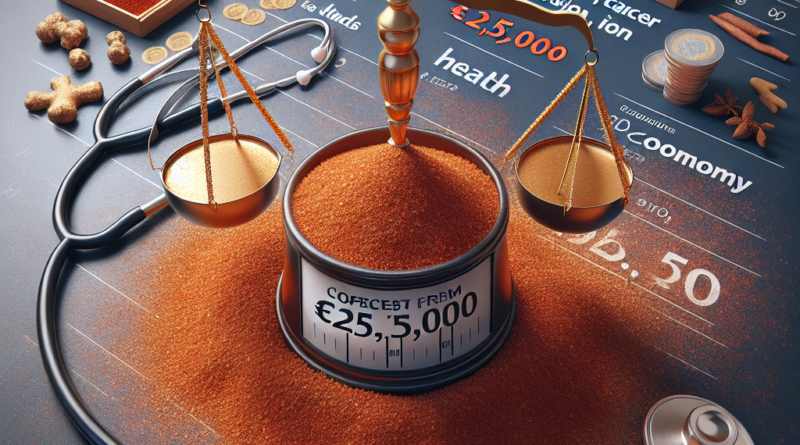This spice protects against tumors, depression, and infections (but costs €25,000 per kilo)
The Fascinating World of Saffron: Price, Production, and Health Benefits
Spices have been used for thousands of years in cooking and have many beneficial properties that help the body protect itself from diseases and infections.
They also often affect mood and concentration.
One of the most emblematic cases is saffron, which, besides being colorful and flavorful, protects against tumors, depression, and infections.
However, there is one major drawback: it costs 25,000 euros per kilo, making it unaffordable for daily consumption in substantial quantities.
This seemingly exaggerated price is due to the fact that saffron is purchased in such tiny packages that not everyone calculates the price per kilo, although it is not a cheap spice by any means.
Why Does Saffron Cost 25,000 Euros per Kilo?
The main reason for the seemingly exorbitant prices of saffron is its production process.
This reddish spice used in cooking is derived from flowers, specifically from the dried stigmas.
While saffron flowers are not rare, at least 180,000 of them are needed to produce one kilo of the spice.
Moreover, the entire process must be carried out strictly by hand and with great delicacy at every stage, from harvesting to packaging.
Production costs are therefore quite high, around 15 to 18 euros for every gram of dried product, not including packaging.
Additionally, the tight timeframes do not help, as the flowers are only available for one month each year and must be harvested and processed on the same day to preserve the aroma, all done with meticulous attention.
The cost also depends on the origin of the spice, especially on labor costs and availability, as well as the overall quality of the product.
The addition of colorants and flavors can lower the final price but at the expense of the spice’s genuineness.
Saffron produced in Italy is among the most expensive on the market for these reasons, with minimal price differences between regions.
The Spice that Protects Against Tumors, Depression, and Infections
Saffron boasts several beneficial properties, and significant amounts are not necessary to enjoy its effects.
In fact, like with all spices, consuming too much could be risky.
From a strictly scientific perspective, saffron used in cooking is rich in vitamin C, vitamin A, carotenoids, manganese, and selenium.
This composition makes saffron a valuable ally for our bodies, acting as an immunomodulator and protecting against infections, oxidative stress, and the risk of tumors.
Incorporating saffron into your diet does not guarantee immunity from all illnesses, but its impact can be significant when combined with a healthy lifestyle and balanced diet.
Saffron also assists in mood stabilization, but those with mood-related disorders should consult a doctor to determine appropriate doses.
Beyond its traditional use, saffron is continuously being studied by scientists.
For instance, researchers at the Oncological Research and Prevention Center in the province of Rieti discovered that crocetin, one of the carotenoids in the flower, is an effective antitumor agent.
Supported by various international studies, it has been shown that this substance helps combat certain types of tumors, playing a role that goes beyond prevention.
While consuming saffron regularly is not a cure, doctors are conducting further research to understand how to best harness these properties.
For more health-related news, click here.




